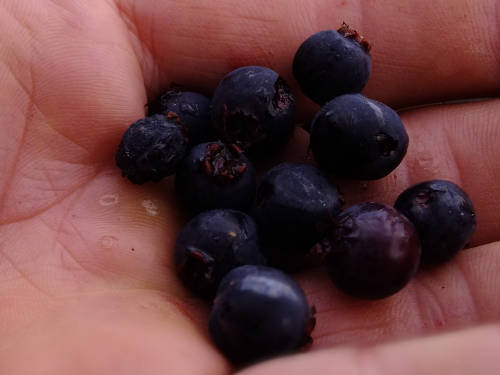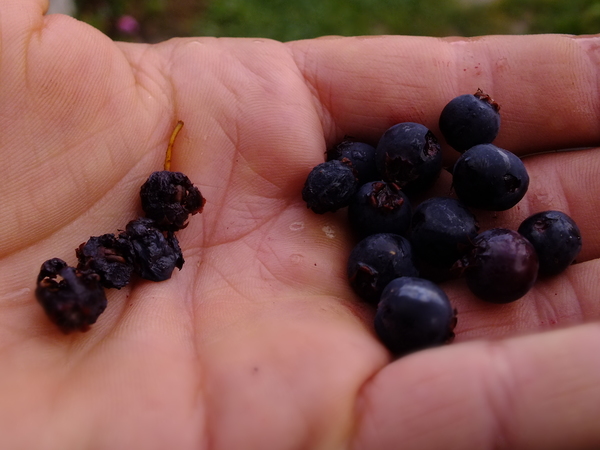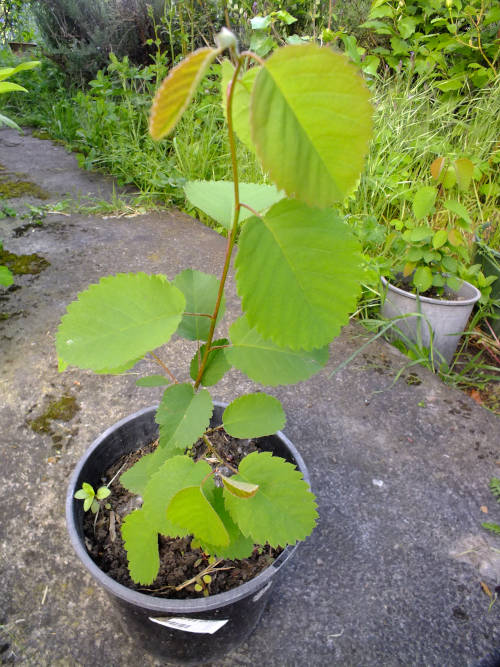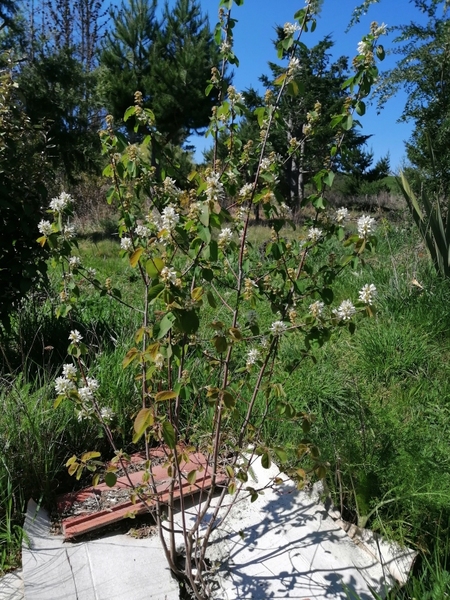Service berry seeds

Common name
June berry, Saskatoon
Botanical name
Amelanchier alnifolia
Details
Produces flowers and edible fruit after 5 - 6 years.
Slow to germinate as seed requires sold stratification
Edible
Fruit / berries
Perennial
Propagate
February
March
April
May
Price
$4.90
20 seeds



